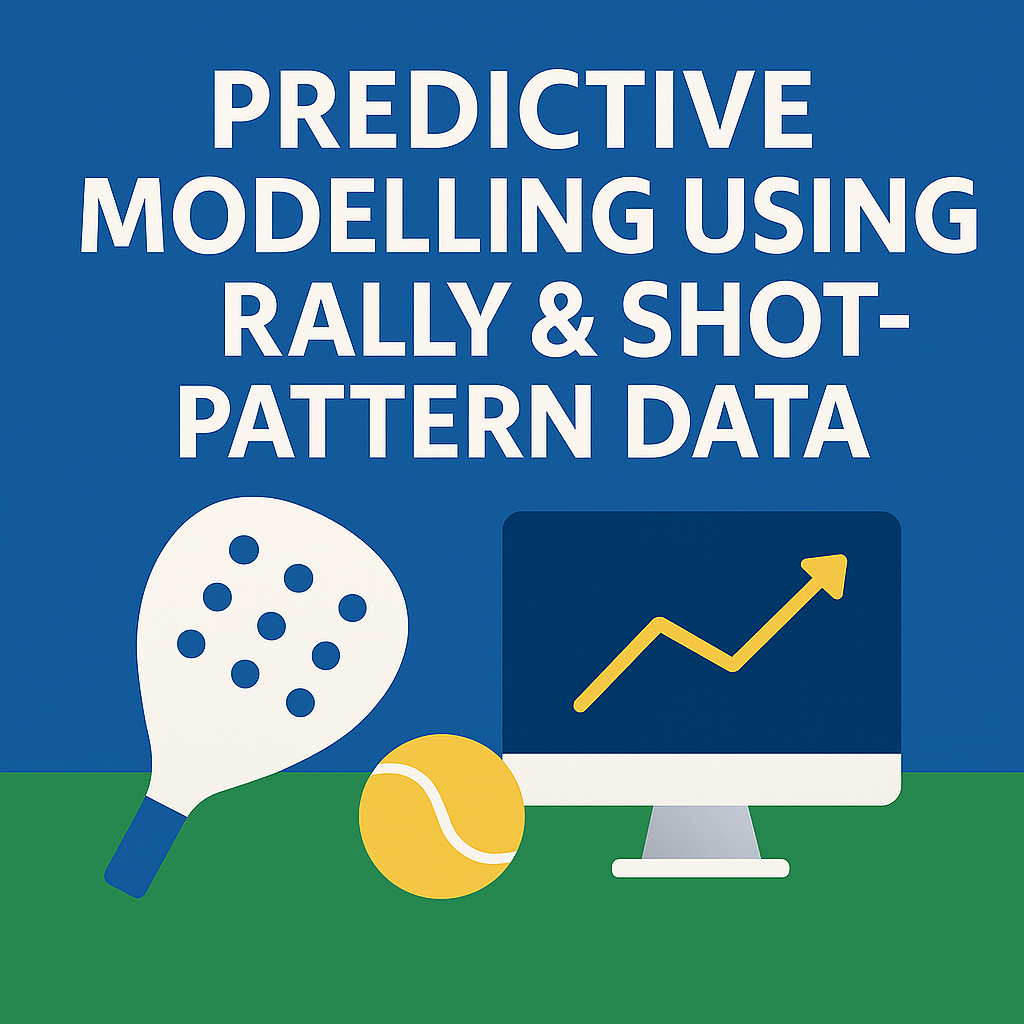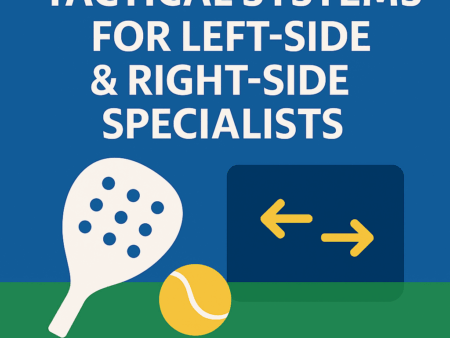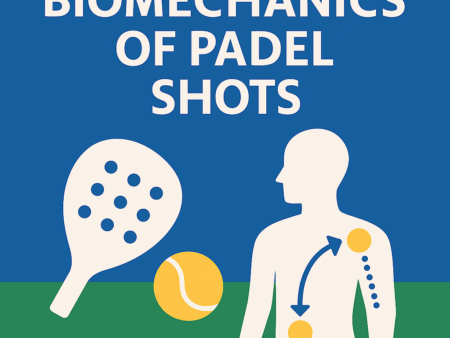
Modern padel analytics is evolving beyond match-level stats. The next frontier — and the true edge for elite analysts and bettors — comes from rally-level and shot-pattern data.
This guide explains how to build predictive models using sequences, patterns, and tactical behaviours inside rallies, enabling far more accurate forecasts than traditional statistics.
🟦 Why Rally Data Matters More Than Match Stats
Match-level stats (Golden Points, net %) are powerful, but rally data reveals:
✔ how points are constructed
✔ which patterns succeed or fail
✔ tactical identity of each team
✔ psychological responses under pressure
✔ momentum triggers inside rallies
This level of detail creates high-resolution predictions.
🟩 1. Rally Structure Variables (Core Components)
Every rally in padel can be broken down into:
✔ Rally length (number of shots)
✔ First shot type (serve, return, lob, drive)
✔ Net-approach timing
✔ Overhead sequences (bandeja → vibora → smash)
✔ Ball-height transitions
✔ Defensive resets (wall play)
Each variable influences win probability.
🟨 2. Shot-Pattern Sequences (The Heart of Predictive Modelling)
Rallies follow repeatable shot patterns.
These patterns — once identified — allow point-by-point forecasting.
Common sequences:
- Serve → deep return → net battle
- Lob → bandeja → lob → smash attempt
- Wall defense → volley pressure → error
- Vibora → cross recovery → net crash
Recording these patterns allows statistical modelling of outcomes.
🟥 3. Pattern Win Rates (The Most Predictive Metric)
Not all patterns are equally effective.
Example Pattern:
Lob → Bandeja → Deep Lob
- Wins 64% of points for defensive duos
- Wins only 41% for aggressive teams
By learning each team’s most successful sequences, you can predict:
✔ which patterns they will use
✔ how opponents will respond
✔ probability of momentum swings
🟦 4. State-Based Modelling (Markov Chains)
A Markov model treats each rally state as a “node”:
States include:
- Serving team at net
- Returning team at net
- Both teams at baseline
- One player off-balance
- Smash setup state
Each state has a transition probability based on previous sequences.
Example:
- If a team wins the net → 78% chance of winning the point
- If forced off balance → 63% chance of losing the point
This becomes the backbone of predictive simulations.
🟧 5. Machine Learning for Rally Prediction
Using rally-level features, you can train ML models such as:
✔ Random Forest Classifiers
✔ Gradient Boosting (XGBoost)
✔ LSTM Neural Networks (sequence analysis)
✔ HMMs (Hidden Markov Models)
These models detect:
• tactical weaknesses
• fatigue signals
• rally inefficiencies
• opponent-specific vulnerabilities
🟫 6. Overhead Behaviour Modelling (Critical in Padel)
Overheads decide 40–50% of points at elite level.
Model these variables:
✔ overhead accuracy
✔ smash success rate
✔ bandeja depth control
✔ vibora spin effectiveness
✔ overhead fatigue (decline in set 3)
Predicting overhead performance = predicting match outcomes.
🟥 7. Lob Pressure Modelling (Underdog Weapon)
Lobs disrupt attackers.
Track:
✔ forced overheads per rally
✔ defensive-to-offensive conversion rate
✔ lob height vs opponent positioning
Underdogs with strong lob efficiency have outsized upset potential.
🟦 8. Net-Dominance Chains
Instead of tracking total net time, track:
✔ net-entry timing
✔ number of volleys per rally
✔ forced errors created at net
✔ % of points won after establishing net control
This helps predict which team will dominate the tactical axis of the match.
🟧 9. Momentum Detection Using Shot Patterns
Momentum changes are reflected in shot patterns.
Signals:
✔ quicker transitions to net
✔ more aggressive overhead selection
✔ reduced lob height from pressured teams
✔ shorter rallies after frustration errors
Models can identify momentum before it’s visible in the score.
🟫 10. Rally-Based Simulation (Monte Carlo 2.0)
Instead of simulating match scores, simulate entire rallies.
Simulation inputs:
• rally patterns
• state transitions
• overhead fatigue decay
• net-dominance stats
Outputs include:
✔ point-by-point probabilities
✔ projected match score
✔ upset probability curve
✔ risk dispersion
This is the future of padel analytics.
🟥 Example: Rally Model Insight
Scenario:
Team A:
- High lob efficiency
- Strong bandeja depth
- Weak smash success
Team B:
- Strong overhead finishing
- Poor wall defense
- Low long-rally success
Rally Model Output:
- Slow-court advantage → Team A wins 58%
- Fast-court advantage → Team B wins 65%
Conditions decide tactical identity — and therefore outcomes.
🟦 Quick Checklist for Rally-Based Predictive Models
✔ Are rally sequences recorded consistently?
✔ Do you track overhead patterns?
✔ Did you create state transitions?
✔ Is net dominance quantified?
✔ Are lobs measured by depth + height?
✔ Do you track fatigue decay?
✔ Have you built simulations from rally data?
If yes → you have a next-generation padel model.
🟩 Summary
Predictive modelling using rally and shot-pattern data is the future of padel analytics.
It enables deeper insights by analysing:
- rally structure
- shot sequencing
- overhead dynamics
- tactical patterns
- momentum signals
- state transitions
- simulation-based forecasting
Analysts who adopt rally-level modelling will stay years ahead of industry competition.
Category 10 is now fully complete.


